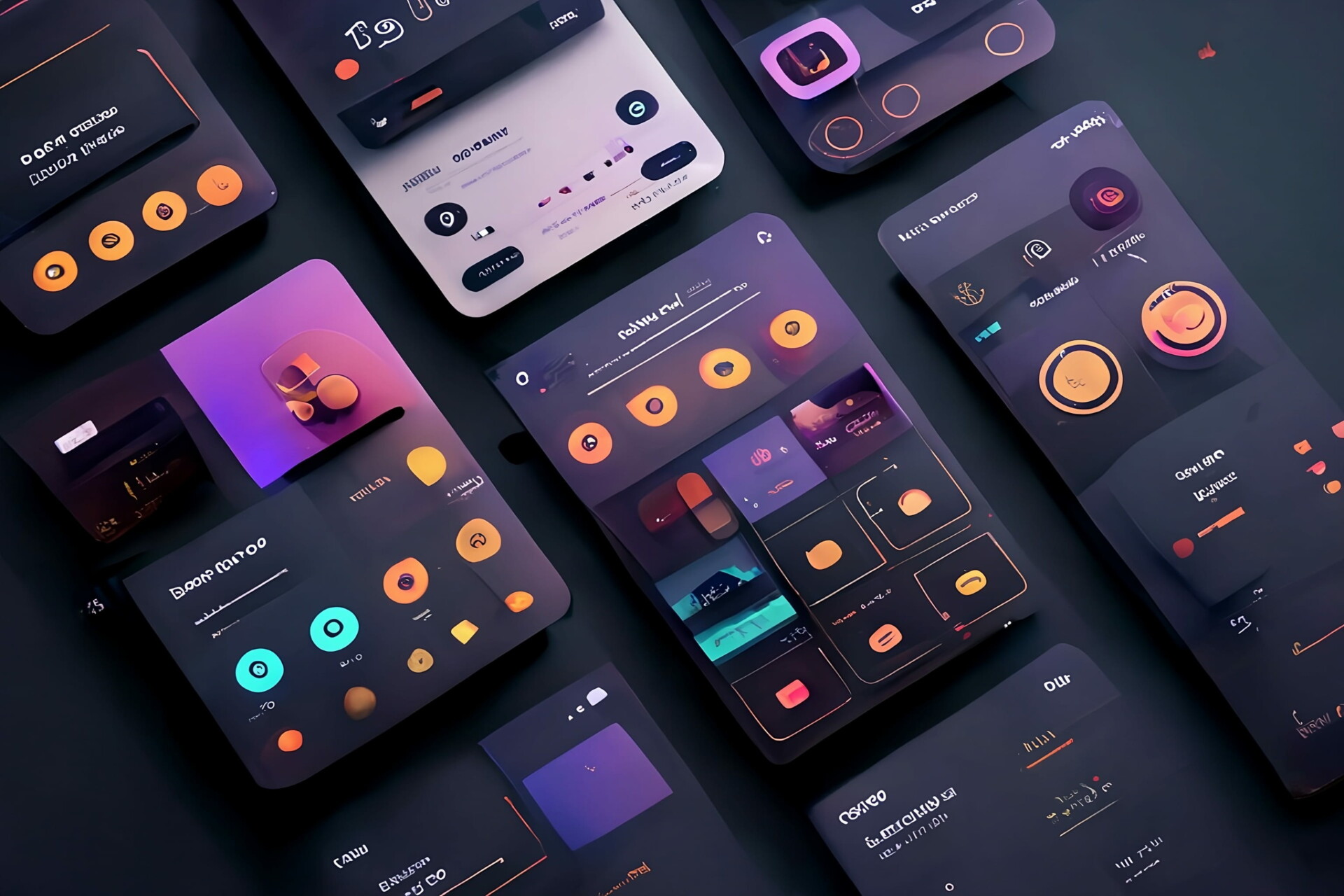Flutter

Flutter – a versatile development kit for multiplatform app development
With devices like smartphones and tablets in everyone’s lives, good mobile app development tools are in high demand. One such tool is Flutter. It can help the development team build, test and deploy professional mobile, desktop, web and embedded apps from a single codebase.

What is the Flutter app development framework?
Flutter is an open-source SDK (Software Development Kit) that allows the development of natively-compiled applications for multiple platforms from one codebase. It enables the building of quality mobile apps for both Android and iOS.
However, Flutter can also be used for developing desktop, web applications and embedded apps. It includes powerful graphics and animation libraries that help build responsive interfaces for touchscreen devices.
Google introduced this cross-platform development kit in 2017. It’s built on the Dart programming language. One of the assets of developing in Flutter is that it provides a fast workflow and hot reloading, allowing for quick code iteration.

What are the essential features of Flutter?
As with every development tool, Flutter has its distinctive features. Flutter development has become popular for multiple reasons. Here are some of the most significant features of Flutter SDK.
Dart – the Flutter programming language
As mentioned before, Flutter is based on the Dart programming language. It’s a client-optimised language for fast cross-platform applications. It supports compiling into the device’s native language for deploying fast apps. Dart allows one to build apps with Flutter and has a relatively low learning curve.
Hot reload
This practical function allows making changes within the application without restarting it. Its working mechanism is based on injecting updated source code files into the running Dart Virtual Machine (VM). After updating the classes with new features and versions of fields and functions, the effects of the changes become visible.
Flexible UI design
Using the principles of Google Material design guidelines helps build apps with expressive and flexible user interface design. With that, Flutter developers can create sleek and beautiful UIs that users will enjoy.
Native performance
Similar to React Native, Flutter code compiles to the native one. This allows giving apps optimal performance on both Android and iOS operating systems. This allows quick execution with flexibility in the app’s design.
Open source
The open-source nature of the Flutter framework can make it more accessible for beginner developers and allows everyone to contribute to its development. The growing community can cooperate in creating solutions and solving different problems.

How does Flutter work?
When working with this SDK framework, we must familiarise ourselves with Flutter widgets. They are the basic building blocks for building a single- or multi-platform Flutter app. They are used to create visual and functional components, including stateless and stateful widgets.
Stateful widgets vs stateless widgets in Flutter apps
Since widgets are the base component of developing a single codebase-based mobile and web applications, it’s essential to distinguish the two types of used widgets.
Stateless Flutter widgets
Stateless widgets in Flutter are those that state cannot be changed once they are built. They are then immutable, and no changes in the variables, icons, buttons, or retrieving data can alter the state of the app.
Stateful Flutter widgets
Analogically, stateful widgets are those that state can be changed after building them. They can be changed as necessary within their lifetime. The state of the Flutter app can vary with different sets of variables, inputs, and data altered within a stateful widget.

What are the advantages of using Flutter?
Flutter is one of the development tools available for mobile development. Certain features distinguish it from the other frameworks and kits. What are the most notable advantages of using Flutter? Among others, they include:
- It’s fast: based on Dart – a programming language that compiles into the native code, Flutter doesn’t need the JavaScript bridge. It helps build apps that are fast and responsive.
- It enables multi-platform app development: programmers can use a single codebase to create applications for both Android and iOS. It saves time in developing apps from scratch. Flutter can also be used for web development.
- It contains an extensive set of widgets: as mentioned before, widgets are the basic building blocks in Flutter. The wide variety of available widgets allows for creating custom and stylish user interfaces.
- It’s free and open-source: a growing community of developers can contribute to the growth of Flutter due to its open-source nature. Some many helpful resources and tutorials that can help to dive in. Moreover, Flutter is free, and no license charges exist, which may be ideal for new app development startups.

- It has significant and stable support: Google has been a huge backer of Flutter since its introduction. They keep working on improving it with regular and valuable updates. This continuous improvement helps to secure the framework’s lifespan.
- There are multiple examples of success: apps like Google Pay (now Wallet), Google Ads, Reflectly, Xianyu by Alibaba, and Postmuse. They allow us to get an insight into the capabilities of Flutter before we start using it.
- Easy debugging: Dart is equipped with various Flutter tools for easy debugging, like Dart Analyzer and the DevTools suite for debug mode.
- Automated testing: The Dart language supports automated testing, and Flutter itself is equipped with its own set of tools for testing. It allows for consistent improvements of the developed apps.
- It utilises both hardware and software: Flutter offers a range of capabilities for using software and hardware like camera, GPS and fingerprint scanner to build apps with different features.
- It adapts to different screens: apps built with Flutter can be adapted to different screen sizes and resolutions. They work on various screen sizes and aspect ratios. It makes them suitable for both phones and tablets.

Build your Flutter team with our expert developers
We have skilled developers if you want to start building quality multi-platform apps with Flutter. They have what it takes to form a Flutter team to address your needs. If you have any questions or doubts, don’t hesitate to reach out and talk with us.
